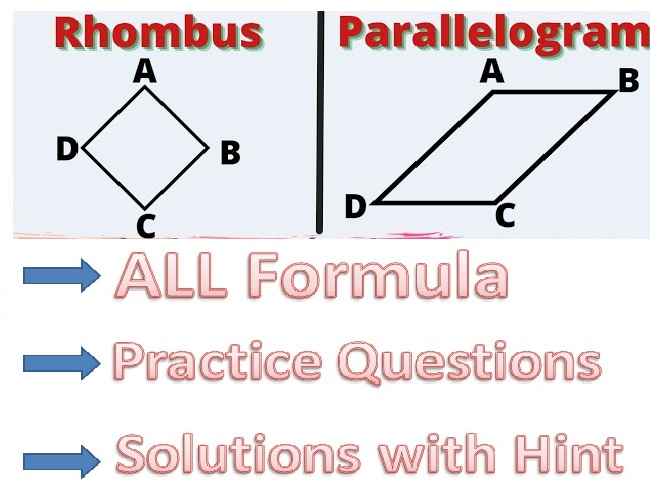Hygiene MCQs Answer Biology Class-9 ICSE Selina Publishers Solutions Chapter-15. Step By Step ICSE Selina Concise Solutions of Chapter-15 Hygiene-A key to Healthy Life with Exercise-15 including MCQs, Very Short Answer Type, Short Answer Type, Long Answer Type and Structured/Application Questions Solved . Visit official Website CISCE for detail information about ICSE Board Class-9.
Hygiene Exe-15 MCQs Answer Biology Class-9 ICSE Concise Selina Publishers
| Board | ICSE |
| Publications | Selina Publication |
| Subject | Biology |
| Class | 9th |
| Chapter-15 | Hygiene-A key to Healthy Life |
| Book Name | Concise |
| Topics | Solution of A. MCQs Answer Type |
| Academic Session | 2023-2024 |
A. Multiple Choice Type
Hygiene-A key to Healthy Life Class-9 Biology Concise Solutions
Page 164
Question 1. Choose the correct answer from the options given below:
(a) No urination due to shortage of water in the body is a typical symptom of
(i) typhoid
(ii) malaria
(iii) dysentery
(iv) cholera
Answer:
(iv) cholera
(b) Which one of the following is an unhealthy habit?
(i) Removing wax from inside the ears
(ii) Keeping the mouth closed while breathing
(iii) Sleeping for only 6-7 hours
(iv) Sharing towels with others
Answer:
(iv) Sharing towels with others
(c) The protozoan that causes malaria is:
(i) Entamoeba histolytica
(ii) Euglena
(iii) Paramecium
(iv) Plasmodium
Answer:
(iv) Plasmodium
(d) The chemical substance mainly responsible for tooth disorders is
(i) Calcium
(ii) Chloride
(iii) Fluorides
(iv) Iodides
Answer:
(iii) Fluorides
(e) Typhoid is caused by
(i) Housefly
(ii) Bacteria
(iii) Virus
(iv) None of the above
Answer:
(ii) Bacteria
(f) The germ causing Hepatitis is transmitted through
(i) the bite of a mosquito
(ii) contamination of food by a housefly
(iii) personal contact with a patient
(iv) contaminated water
Answer:
(iv) contaminated water
(g) Which of the following is an agent that acts as an intermediate carrier of a pathogen?
(i) Genes
(ii) Water
(iii) Vector
(iv) None of these
Answer:
(iii) Vector
(h) Which of the following is an insecticide
(i) DPT
(ii) DCT
(iii) DDT
(iv) DPD
Answer:
(iii) DDT
(i) Plasmodium is a :
(i) Virus
(ii) Protozoan
(iii) Bacterium
(iv) Fungus
Answer:
(ii) Protozoan
(j) The fishes which selectively devour mosquito larvae are :
(i) Carps
(ii) Sharks
(iii) Dogfish
(iv) Gambusia
Answer:
(iv) Gambusia
— : End of Hygiene-A key to Healthy Life A. MCQs Answer Class-9 ICSE Biology Solutions :–
Return to Return to Concise Selina ICSE Biology Class-9
Thanks
Please share with your friends


